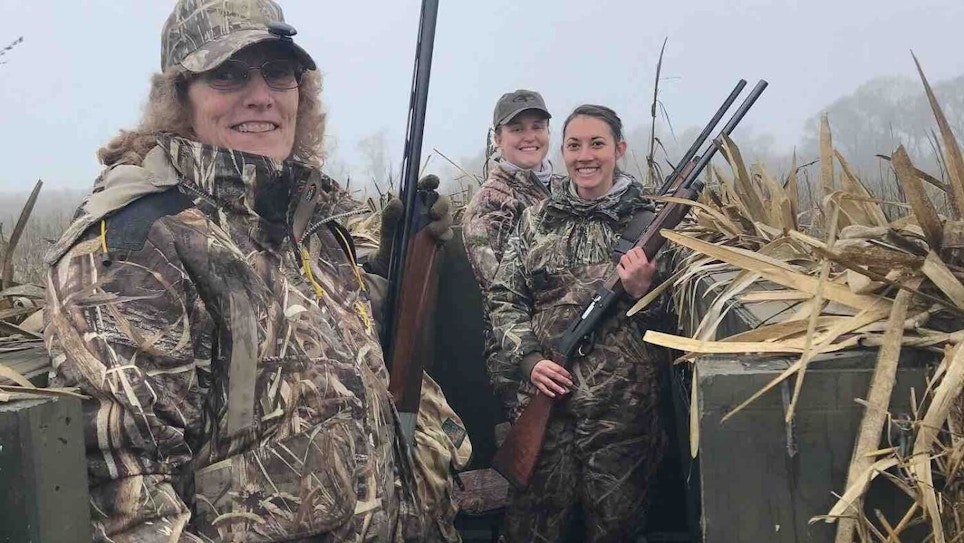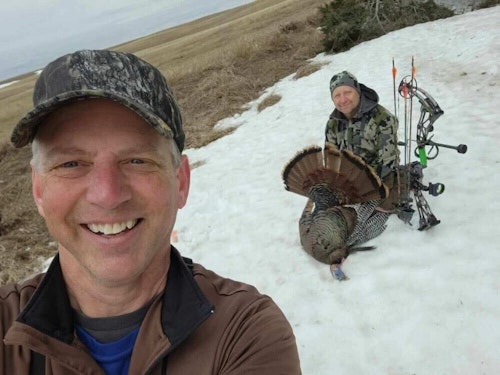You might be in a treestand in October as the orange light of dawn bathes the whitetail woods, its warmth welcome on your face. Or in the comfort of your kitchen, admiring a white-breasted nuthatch outside your window acting more like a house fly as it clings upside down to a tree and pecks at your suet cake.
Being in nature — immersed, participating, observing — evokes a sense of wonder and a contemplation with the sublime of unquestionable yet unmeasurable value. But what is measurable is how and where the American public engages in such activities — hunting, fishing and wildlife-watching. Every 5 years the U.S. Fish and Wildlife Service’s Wildlife and Sport Fish Restoration program publishes the National Survey of Fishing, Hunting, and Wildlife-Associated Recreation. The first survey was conducted in 1955, and each one has provided an extraordinary and solid look into how Americans use their time and money as it relates to the outdoors.
Survey Says . . .
Hunting, fishing and wildlife-watching remain significant activities in the United States. In only a few weeks, the USFWS will publish its fifteenth such Survey. I joined the U.S. Fish and Wildlife Service in 1985, as an economist shortly after I buttoned up a master’s in natural resources economics at Colorado State University. I waded right into the survey conducted that same year.
Eight surveys have passed through my hands, and I have been the lead economist and co-director on seven of those. I still marvel over how the measurable ways people spend their time, and money reveals where their hearts lie.
The data published in each survey is a snapshot of our association with outdoor activities at that point in time. The survey does not review the previous 4 to 5 years. The most recent data available, and what you will learn in the coming weeks, are those data collected in 2022.
Through the years, the methods by which we collected data have been tuned and refined and, in some cases, discarded. Landlines, replaced by cell phones, are nearly an artifact of the past and no longer relied on. The number of people we survey has grown tremendously. The survey about to be released comes from interviews of 106,000 people, lending great credence to what we will report, which includes new categories.
The survey will for the first time show how many Americans recreate in motorized boats — that is, people who boat for boating’s sake. Previous surveys only reported how many hunters or anglers used a boat in their pursuits.
Identifying Trends
You can look forward to learning how social demographics have changed in outdoor pursuits — information that should be quite valuable for those professionals interested in recruitment, retention, and reactivation of the public who are interested in hunting, angling, boating and target shooting.
The survey will be of use to a great many people, those in the firearms, archery, boating and tackle manufacturing industries, as well as tourism bureaus, chambers of commerce, state legislatures, and certainly the state fish and wildlife agencies, for it is those professionals who conserve fish and wildlife and ensure hunting, boating and angler access in their respective jurisdictions.
Hunting, target shooting, fishing and boating all contribute to the social and economic well-being of our nation and its people. Fishing and hunting are often the economic driver in rural America. Outdoor pursuits color and enrich our lives, welcome elixirs to the anguishes we all feel.







